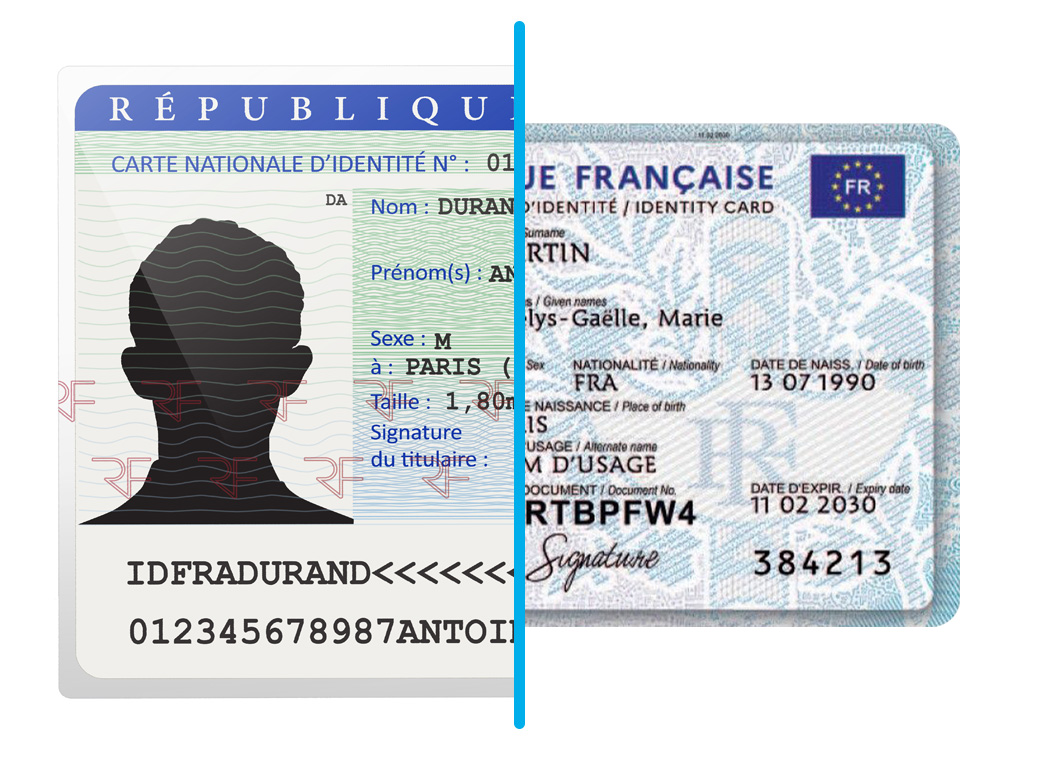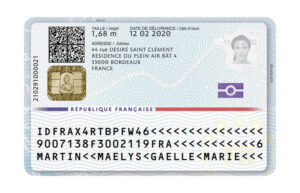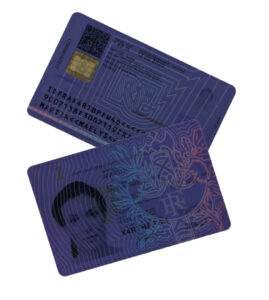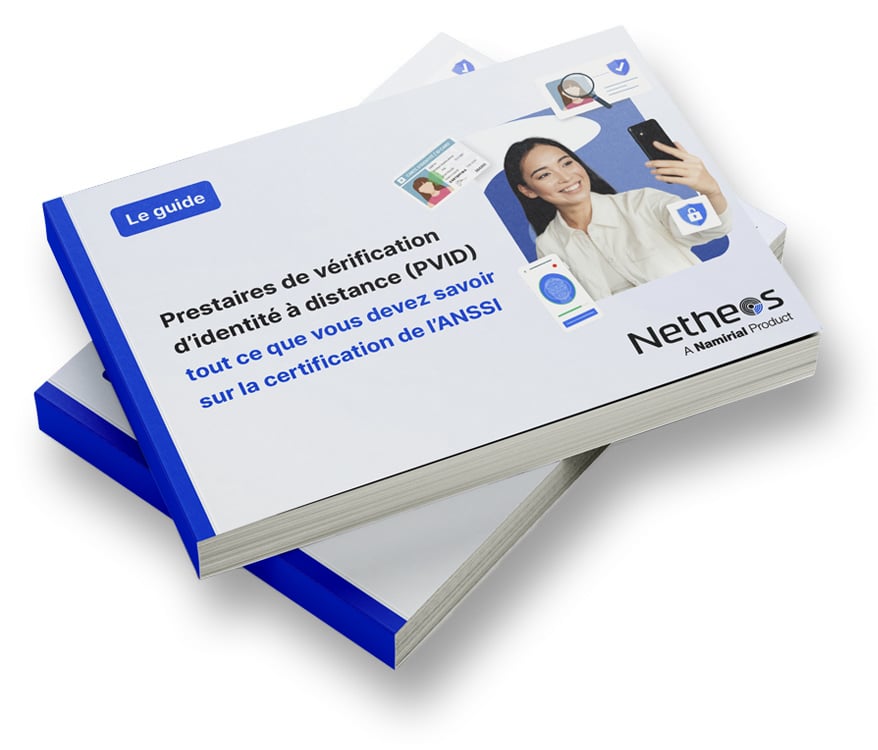Officially presented on Tuesday March 16, the new biometrically-enabled national identity card was first tested in pilot departments (Oise, Seine-Maritime and Réunion), then rolled out nationwide from June 28. Here’s what’s new and what makes the new room more secure.
The new identity card is smaller. It’s the size of a credit card (ID-1) or a driver’s license (86x54mm). Less bulky and easier to store, its aesthetics have also been modified. Beyond these changes, the big news is safety.
A microchip
The government wants to provide the French with a reliable card to stop fraud and identity theft in particular. This card has been fitted with an electronic chip containing the owner’s biometric data: his or her details, a digitized passport photo and two fingerprints.
A visible electronic seal (CEV)
The back of the new card has been redesigned. In addition to the chip, a Visible Electronic Stamp (CEV) aggregates the card’s personal data: surname, first name, gender, ID number, as well as the electronic signature of these data. The signature is ensured by asymmetrical encryption, making the information tamper-proof. It enables those with the signatory’s public key to check the information: if the data signature is correct, then the data concerned is good. This code can then be scanned by authorized bodies (town hall, bank, prefecture) to ensure document integrity.
A new holographic device
A number of visual security features have also been added: the ID photo features a new-generation holographic device that changes color and protects the holder’s photograph. The same ID photo is reproduced on the reverse side by means of a changing image – Multiple Laser Image (MLI), to ensure that the holder’s ID photo has not been altered. Reactive inks under UV lighting are also added to the polycarbonate substrate, with laser engravings perceptible to the touch. The secure background continues all the way to the transparent edge, where the document number and expiry date are micro-printed.
.
Automatic Playback Zone
Finally, as in its predecessor, this card will contain an automatic reading zone (ZLA). Arranged on the reverse side, it fits on 3 lines instead of the current 2. It includes data such as first name, last name and document number, as well as security keys determined by an algorithm.
Even if we can assume that some of these new security devices will be used solely for regalian purposes (border posts, etc.), the inclusion of the European directive on reinforcing the security of EU citizens’ identity cards is a major step forward. A new, more secure card will enable citizens and businesses to protect themselves against identity theft. The latter is a real problem for society today. It is at the heart of both social and banking fraud. It is also a major challenge for governments in their fight against money laundering and the financing of terrorism.
In short, we can only welcome the arrival of this new national identity card, which Netheos will integrate into its existing portfolio of documents as soon as it is available.












